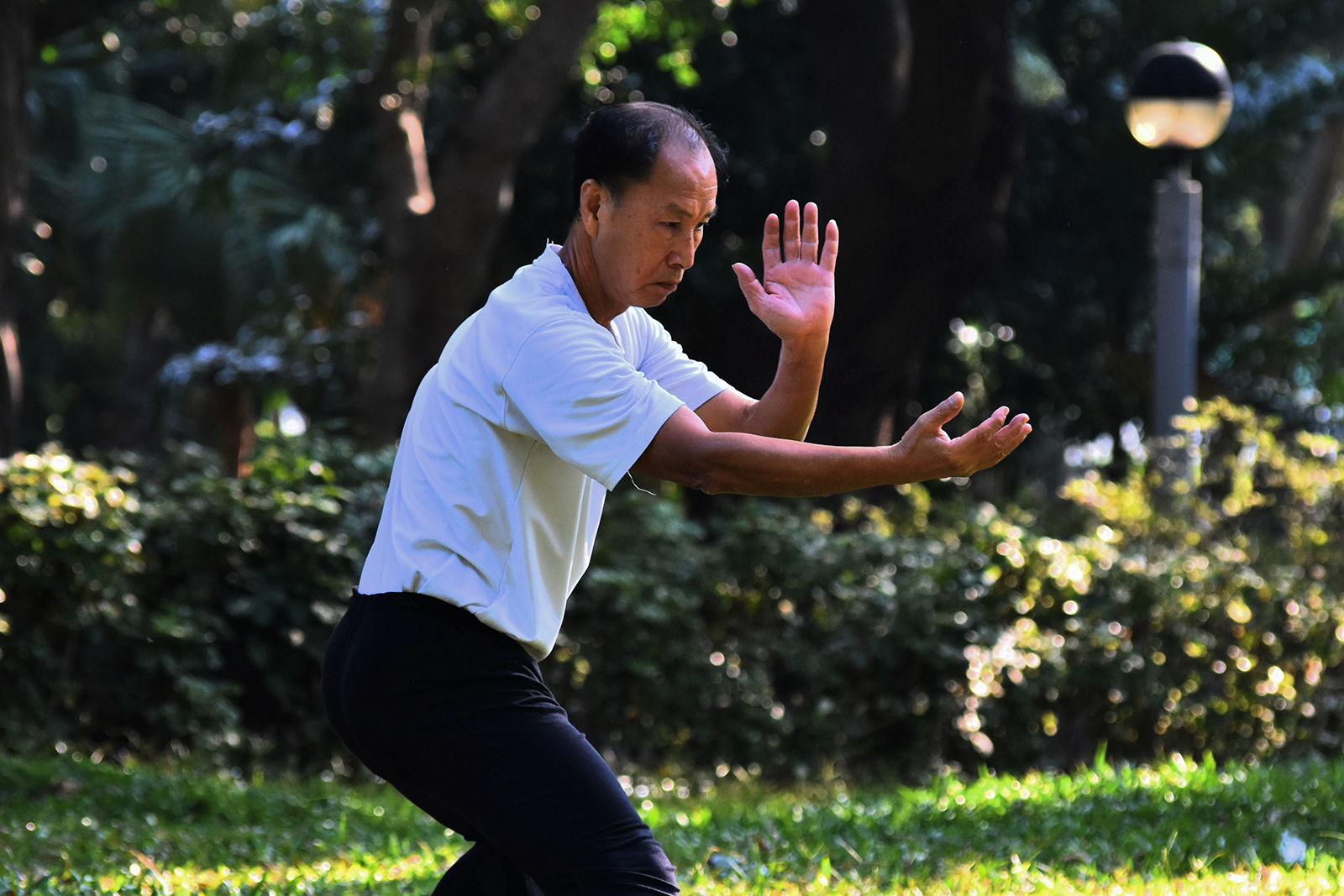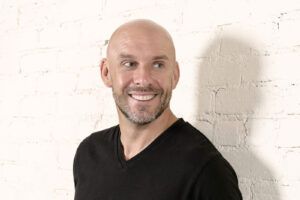I was so excited when I learned that this issue was the Fitness Issue. My educational background is in health and wellness promotion, and I am a certified personal trainer and 200-hour registered yoga teacher. Yes, I am one of those people who loves to work out. While my career path did not direct me toward a gym or yoga studio, I’m thankful for this opportunity to share my knowledge with the cancer community.
My curriculum and degree followed the American College of Sports Medicine (ACSM) guidelines and, according to the ACSM, exercising during and after cancer treatment improves fatigue, anxiety, depression, physical function and quality of life, and it does not exacerbate lymphedema. I have heard from some cancer patients that there is no way they can do any type of physical activity during treatment due to being exhausted, in pain or mentally drained. But with that I say, let me show you!
All the side effects of chemo and radiation can be lessened if you are able to find the activity that is right for you. According to Nathan Crane, awarding-winning author, director and producer of the documentary film, “Cancer; The Integrative Perspective,” the human body is designed to move. Exercise is the pump that pumps the lymphatic system, which moves the toxins out of your body and helps produce antibodies and killer T cells.
With that in mind, I would like to share the practice of Qigong. Qigong has been around for more than 4,000 years, but it is a new practice for me and most of the western world. America’s first exposure to Qigong was in 1993 during the PBS series, “Healing and the Mind with Bill Moyers.” Qigong literally means “life-energy cultivation,” and is a Chinese system of physical exercises and breathing control related to Tai Chi. In reference, Tai Chi is the martial arts practice and Qigong is the medicinal practice.

I offer this modality to those going through treatment or those who may have just finished treatment, as I have found it both beneficial and gentle. According to Master Mingtong Gu, founder of the Chi Center, a Qigong healing center in New Mexico — it’s not an exercise only available to people who are in perfect physical health. Master Gu speaks about working with people “truly depleted and very weak,” as well as those who are disabled and may be in wheelchairs or hardly able to move at all. As you start to practice and move — even just one finger — more movement will become available to you. One arm, then two arms, then you may gradually be more capable; moving the spine, a hip, one leg and so on.
In the short time I have experienced this modality, I have noted similarities with yoga, but Qigong moves at a much slower inner pace. A practitioner of Qigong may experience more of an energetic movement during a practice, which, if you read my column from last issue, is heavily involved with the mind-body connection. As Master Gu mentioned, you can start off with a finger movement which can spark the energetic flow to build on that first movement, until the energy moves you to the second movement, and so on.
To build a better picture of Qigong, I’ll share a bit of the techniques and principles. Qigong is built on the concept of the five elements: wood, fire, earth, metal and water. These are the energetic archetypes whose cycles affect the flow of energy in the body, according to Chinese medicine. Techniques include slow, long and deep breathing; gentle and smooth movement; mind regulation and visualization. In some practices, chanting is used, which transfers the energy from within. There is a large component of meditation through all these techniques, which allows the body a deeper connection to movement and the breath.
As a child of curiosity and discovery, I hope you can share in my excitement for a new modality, and I would like to thank my readers for allowing me to learn along with you.
Stay well and enlightened until next time!







